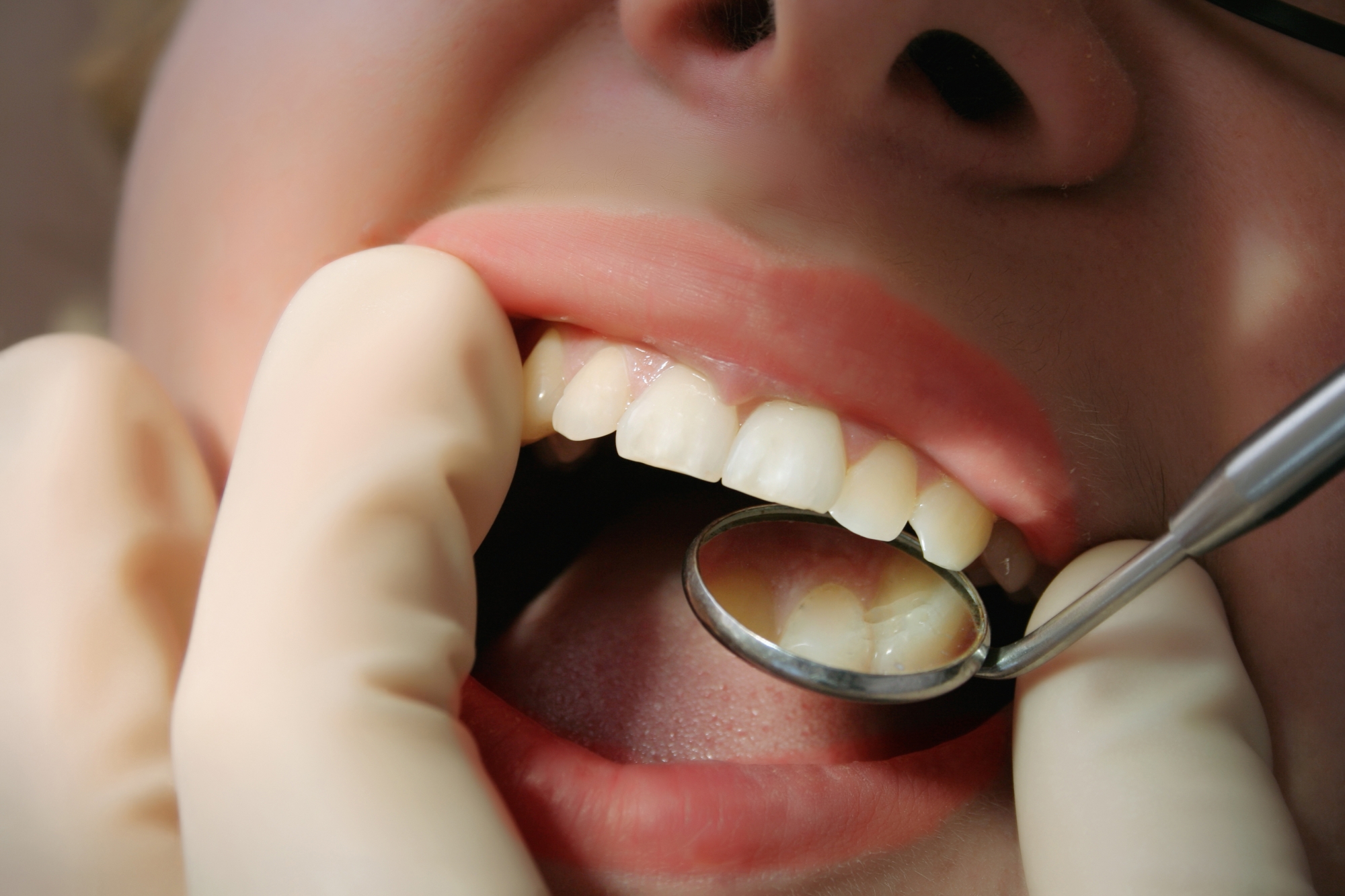
Plaque is a biofilm that forms on the teeth after food is consumed. Comprised of bacteria and bacterial byproducts, this soft and sticky substance is removed through brushing and flossing. When not removed thoroughly, plaque will harden into tartar. Tartar is much more difficult to remove, particularly when it is located below the gumline.
When a significant amount of plaque and tartar are present, standard cleaning tools and techniques will not be enough for complete removal. In these cases, Dr. Konig may recommend a dental debridement to prepare the teeth for a more standard cleaning and polishing. During the debridement procedure, electric and manual tools may be used in combination to ensure complete removal of plaque and calculus. The process will take longer than a traditional cleaning and may result in some discomfort as more intense scraping is required. If you are nervous about debridement or if you struggle with physical issues that could make a longer and more intense cleaning uncomfortable, we would be happy to discuss your sedation options during your initial consultation.
Following dental debridement, your teeth will be ready for a more standard cleaning. These should take place every six months to help avoid the need for preliminary services like debridement. However, steps you take at home will play an important role as well.
How can I Prevent Plaque Buildup?
Plaque forms on the teeth regardless of what has been eaten. The only way to make sure plaque does not harden into tartar is to brush and floss. How you do these things, however, will make a difference.
Brushing should be completed after every meal and both morning and night. A soft-bristled toothbrush should be used to gently brush the entire visible surface of each tooth. If you are using a manual toothbrush, you should plan on brushing for at least two minutes. If you are using an electric toothbrush, at least one minute. Toothbrush heads should be switched out every two to three months for optimal cleaning power.
In addition to brushing your teeth, you will need to floss to remove plaque and tartar from below the gum line. Flossing should be done in between each tooth, both morning and night. You can floss before you brush or after – studies have shown both are effective – so long as you floss. Failing to floss will result in plaque buildup underneath the gum line, which increases the likelihood that a deeper cleaning, such as a dental debridement, will be needed.
In addition to your at-home routine, you can reduce the risk of needing debridement by maintaining routine visits with Dr. Konig. Performed regularly, the services provided at these visits help prevent plaque and tartar buildup, in turn helping to protect you against tooth decay, gum disease, and other oral health problems.
If it has been longer than six months since your last cleaning, please call 713-668-2289 to schedule an appointment today. Dr. Konig is located in Houston and welcomes patients from Katy, Sugar Land, The Woodlands, and all surrounding areas.

